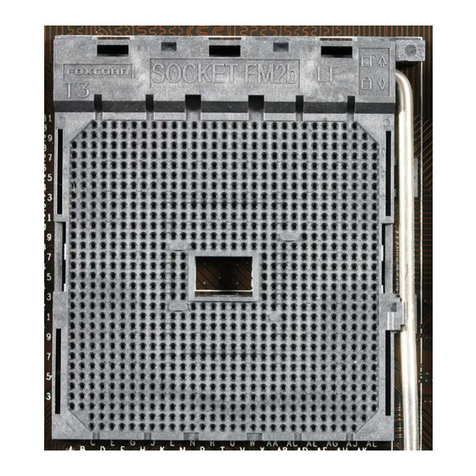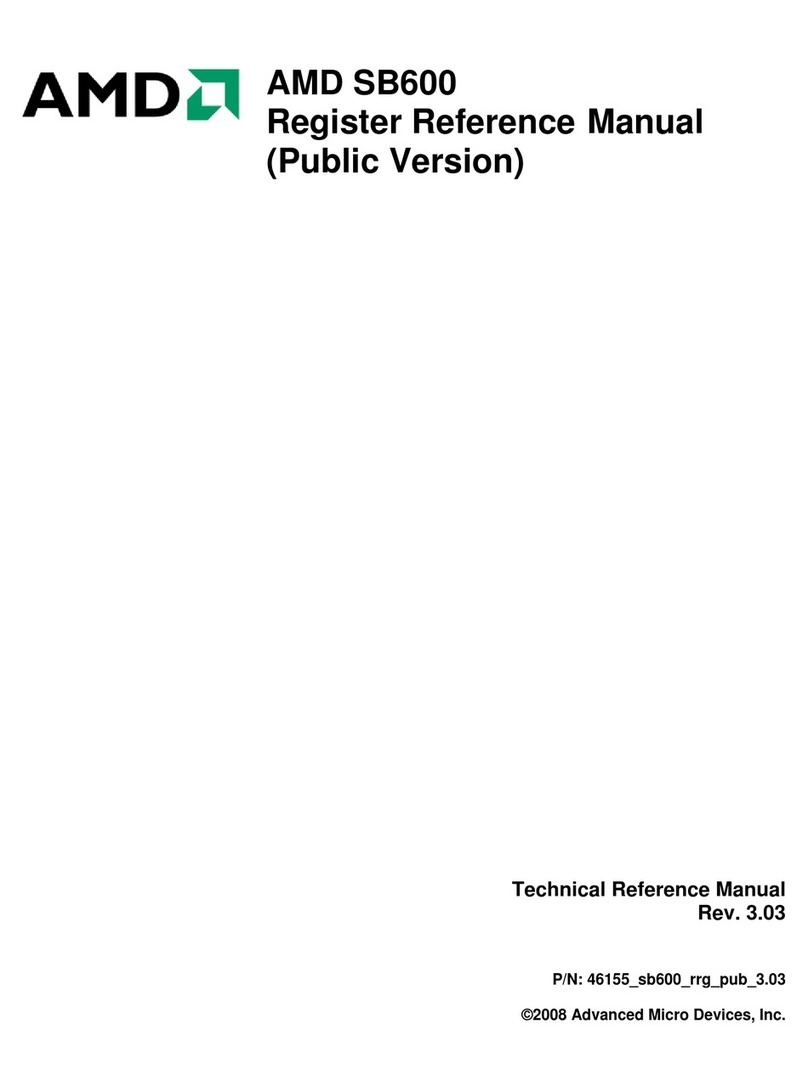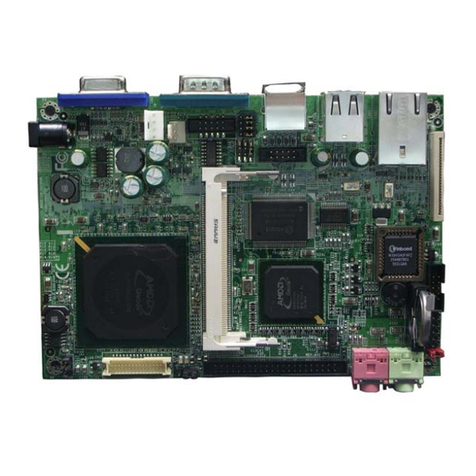AMD Athlon User manual
Other AMD Computer Hardware manuals
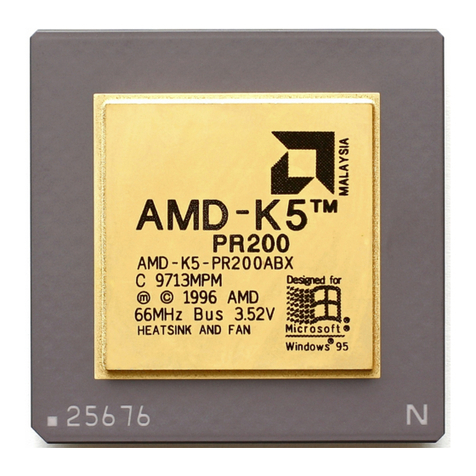
AMD
AMD K5 Product manual
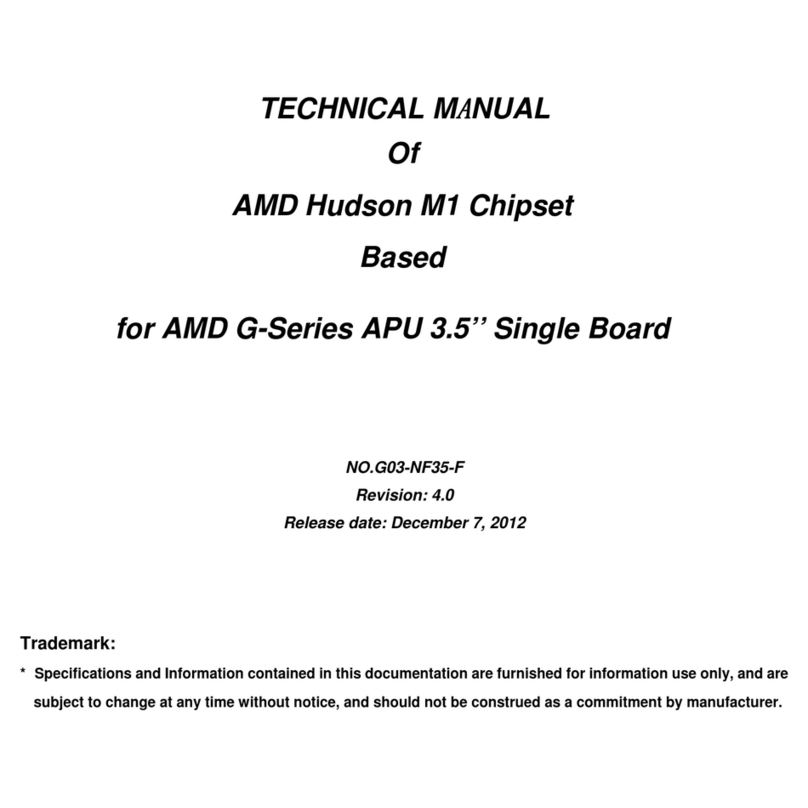
AMD
AMD Hudson M1 Chipset User manual
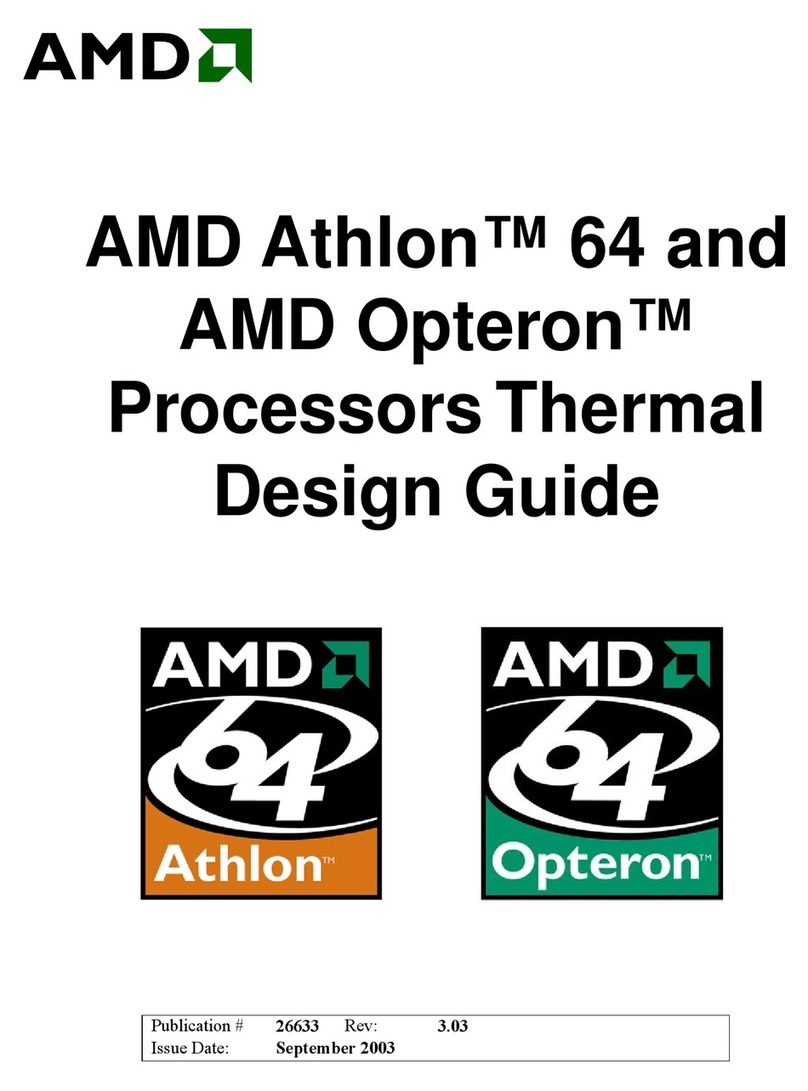
AMD
AMD AMD Athlon 64 Guide
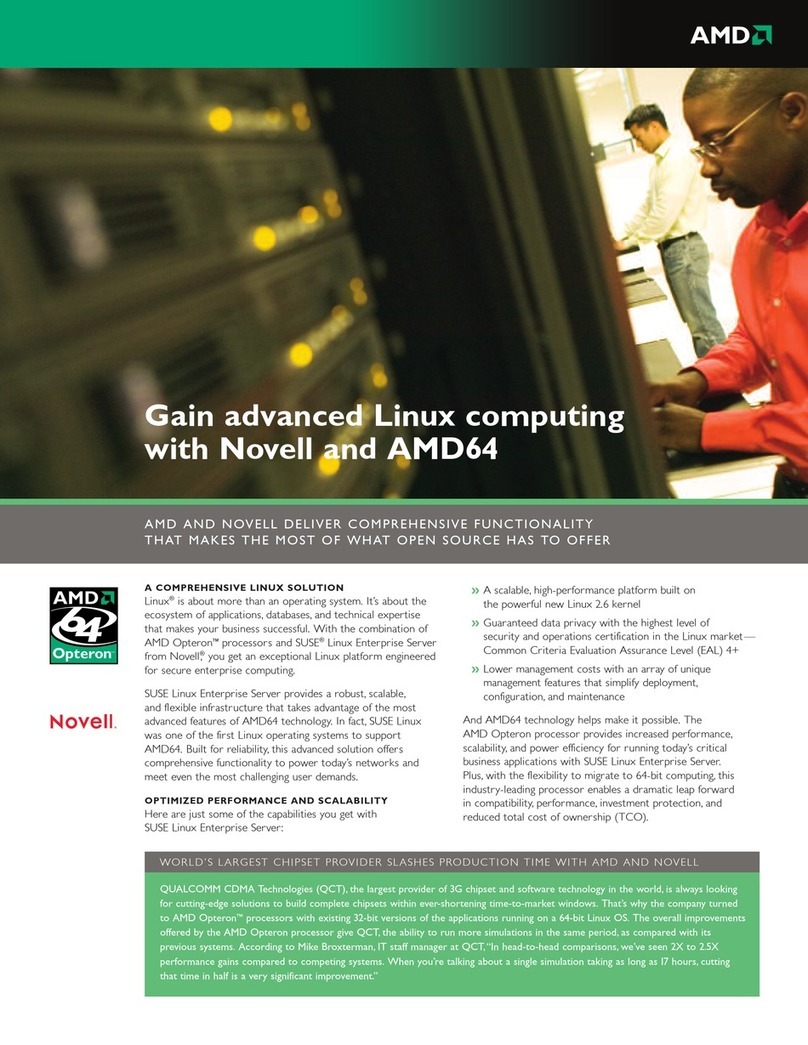
AMD
AMD NOVELL 64 User manual
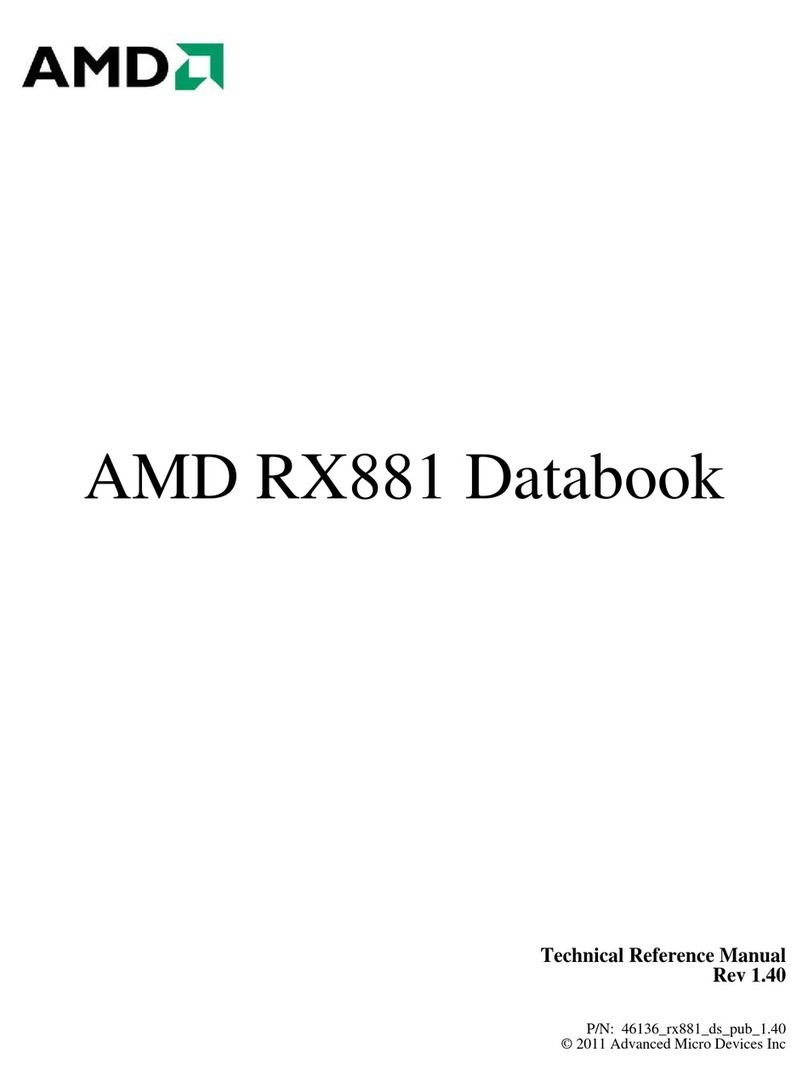
AMD
AMD RX881 Product guide
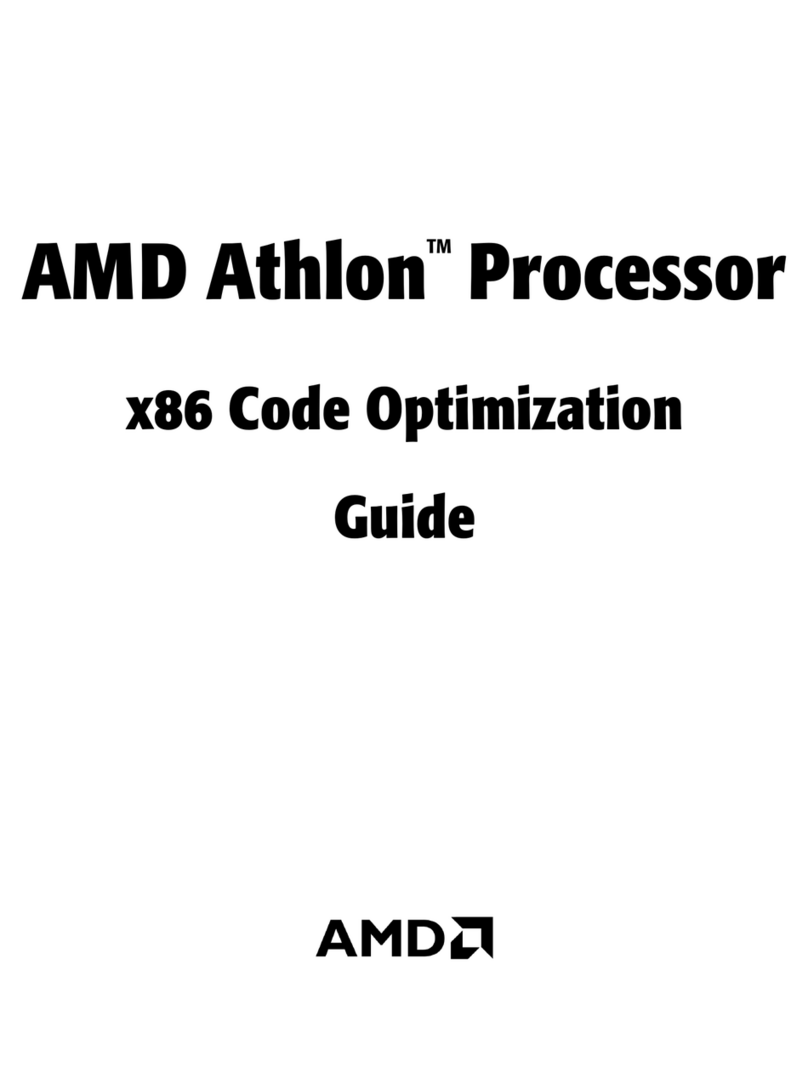
AMD
AMD Athlon Processor x86 User manual
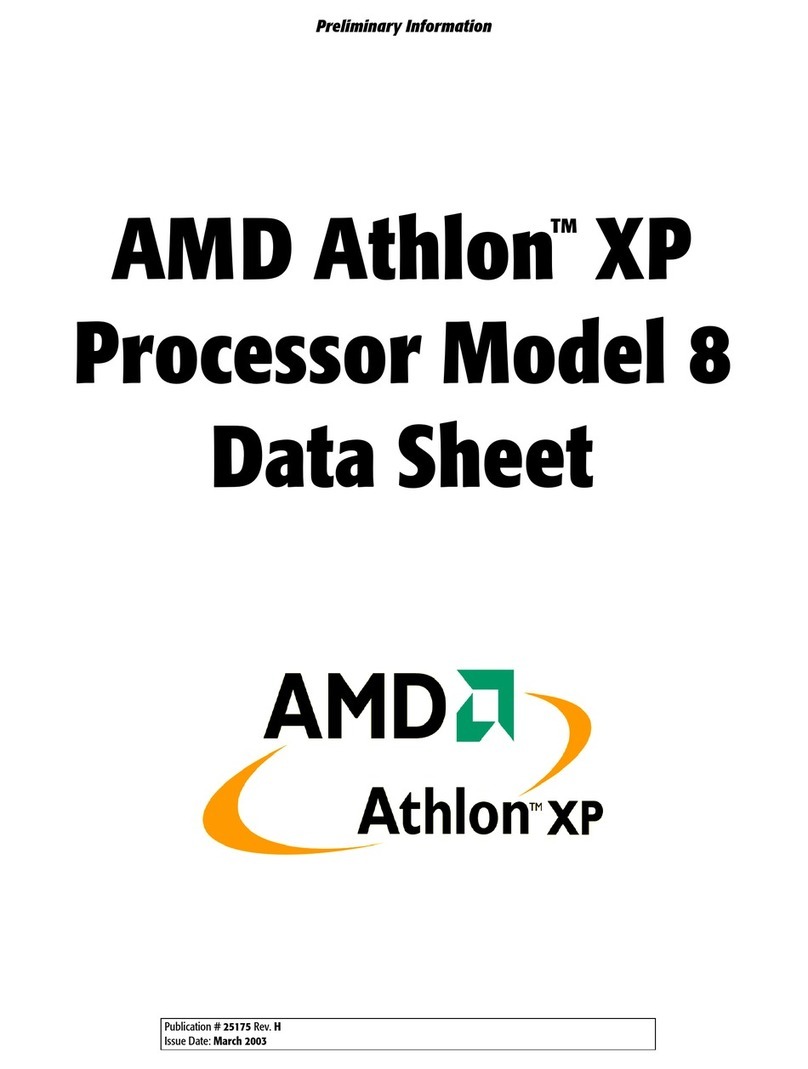
AMD
AMD ATHLON 8 User manual
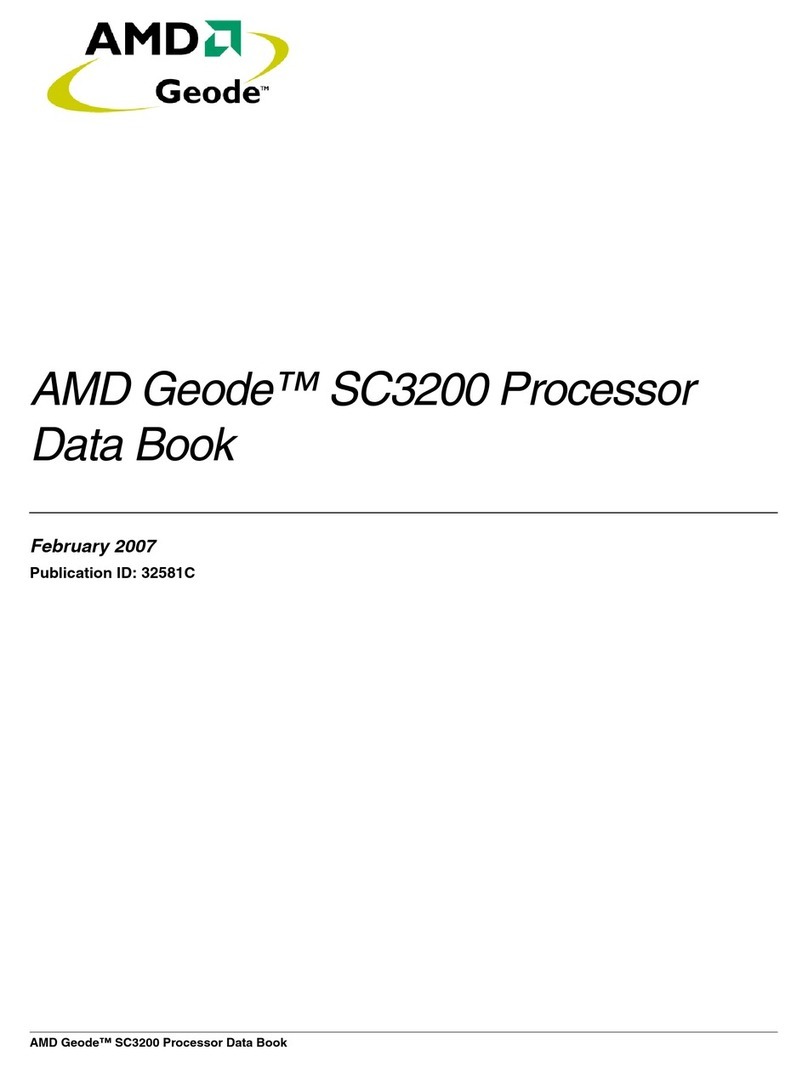
AMD
AMD Geode SC3200 Product guide
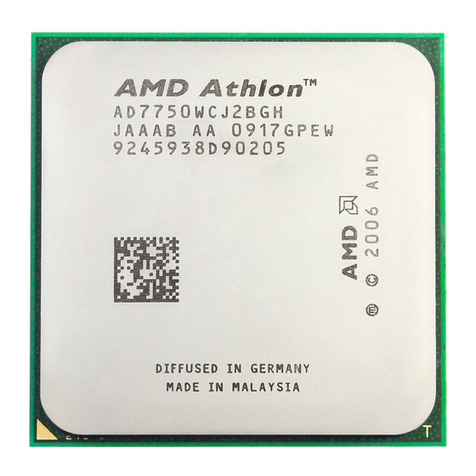
AMD
AMD AMD Athlon 64 Instruction Manual
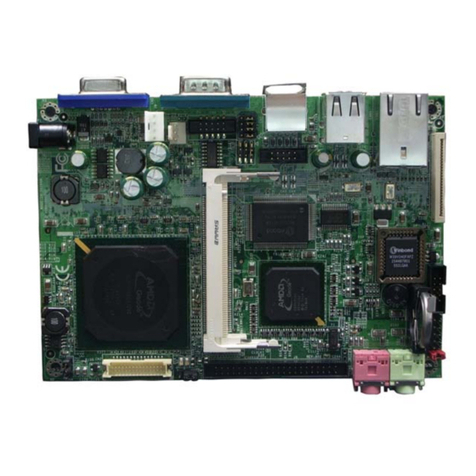
AMD
AMD LE-366 User's User manual
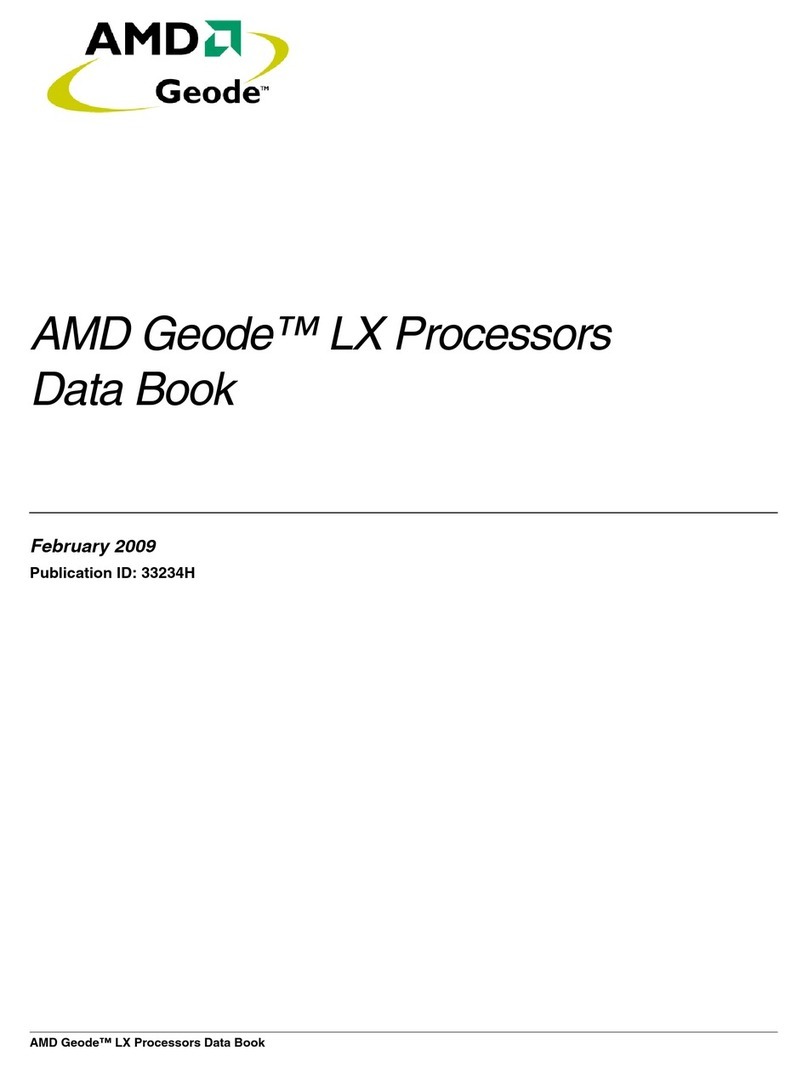
AMD
AMD Geode LX [email protected] Product guide
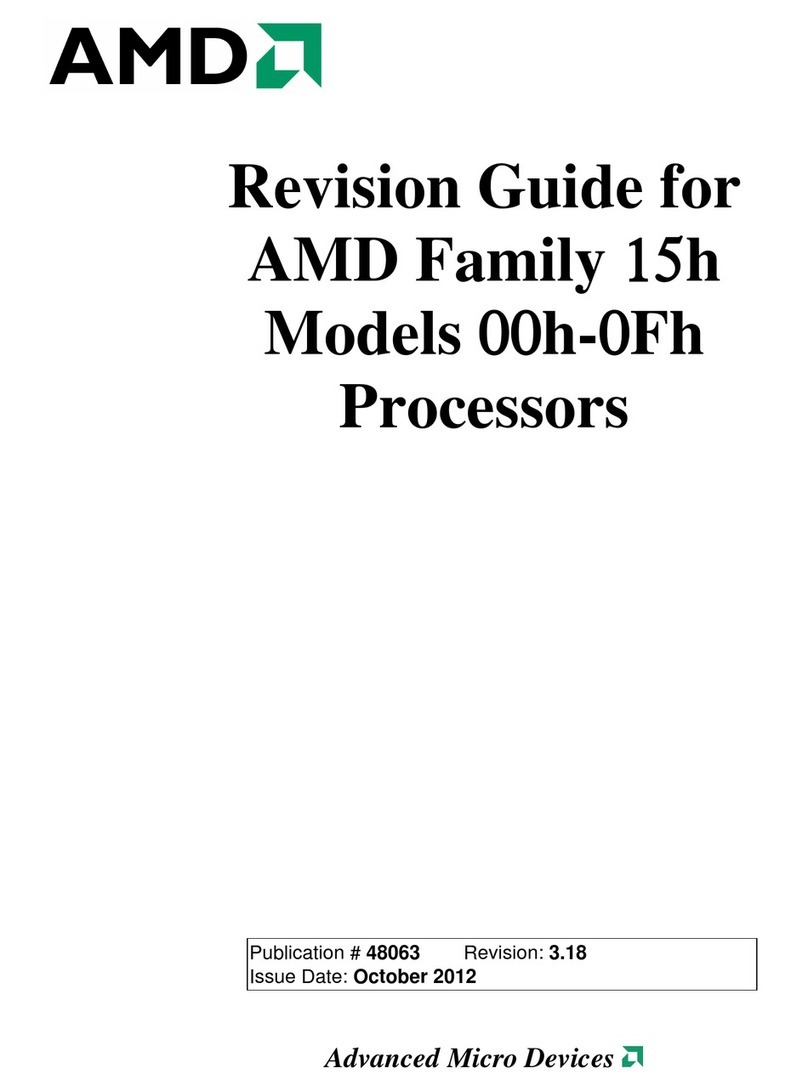
AMD
AMD 3200 - Athlon 64 2.0 GHz Processor User manual
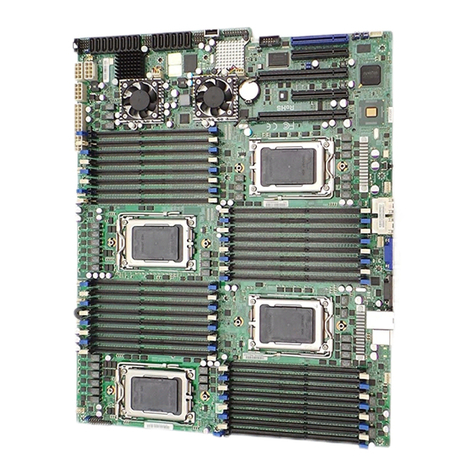
AMD
AMD SP5100 Product guide
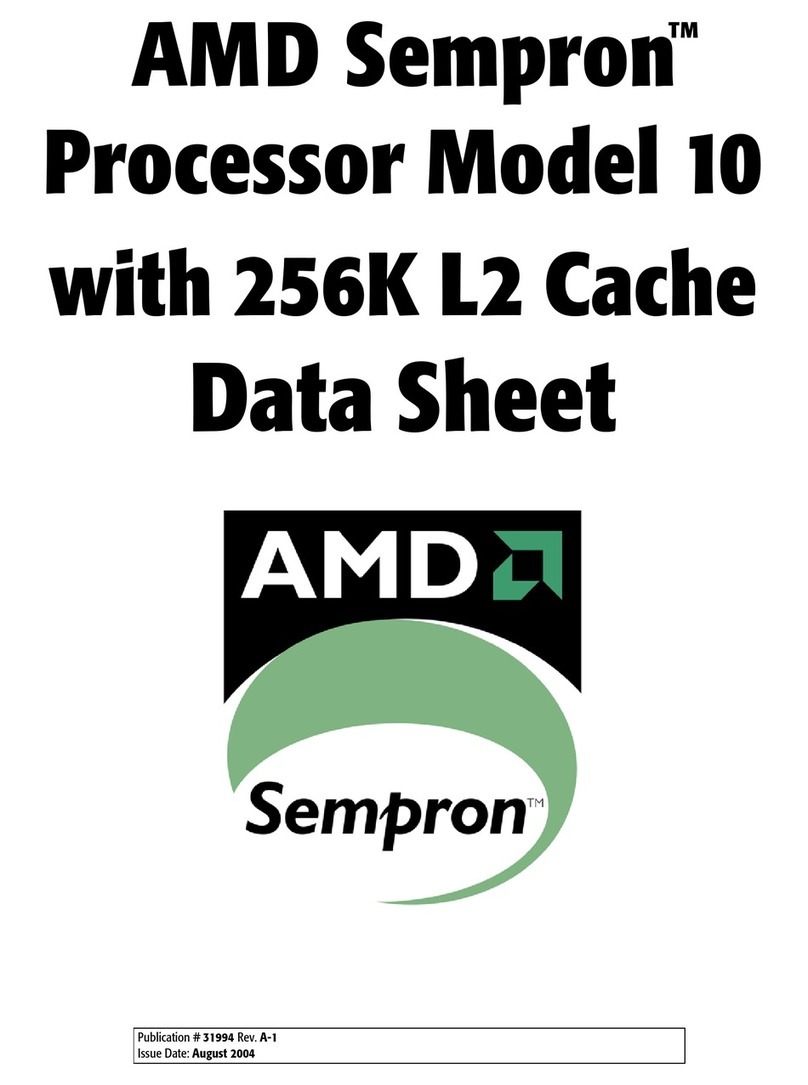
AMD
AMD Sempron 10 User manual
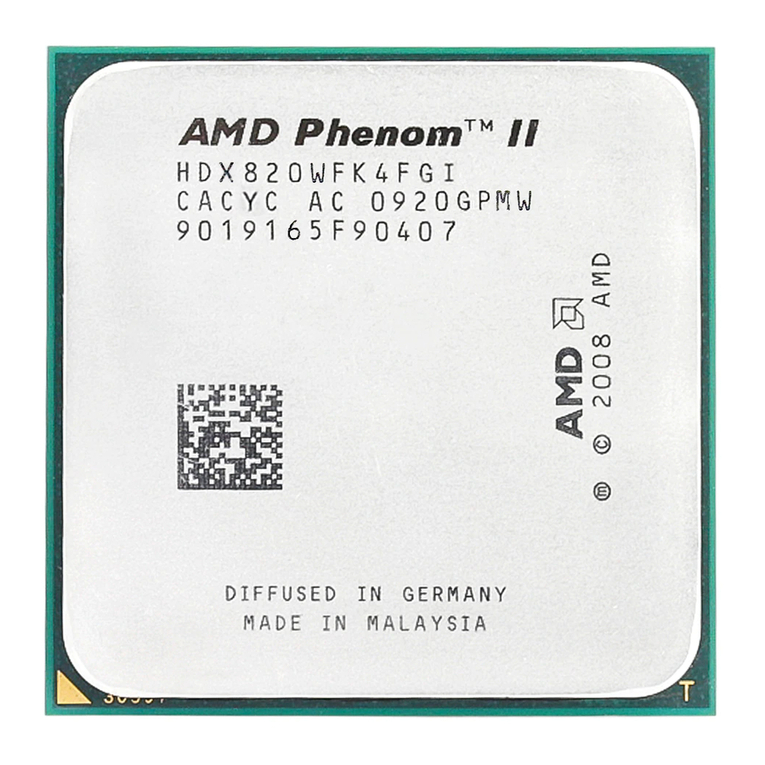
AMD
AMD Phenom II Operational manual
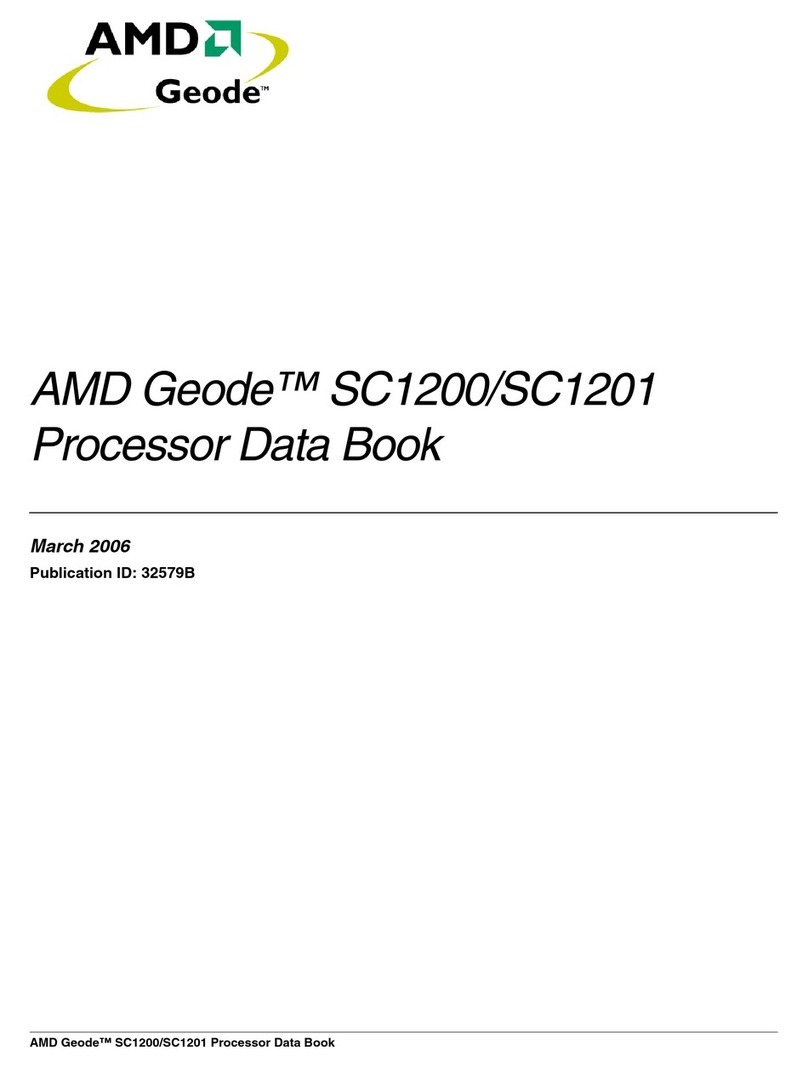
AMD
AMD Geode SC1200 Product guide
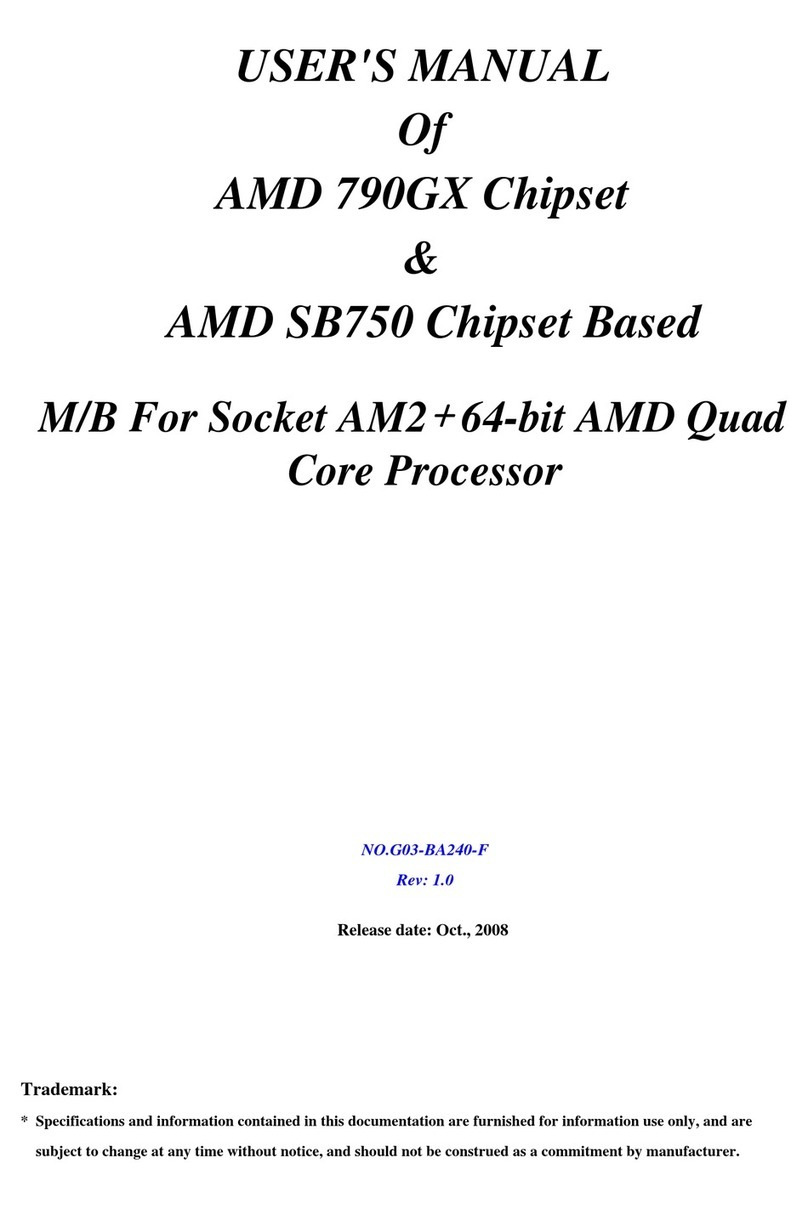
AMD
AMD 790GX User manual
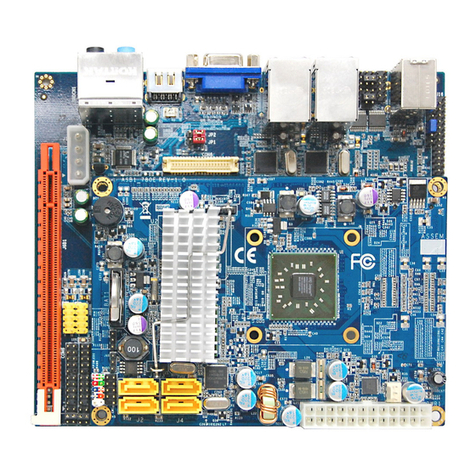
AMD
AMD 780E Product manual

AMD
AMD Turion 64 Operational manual
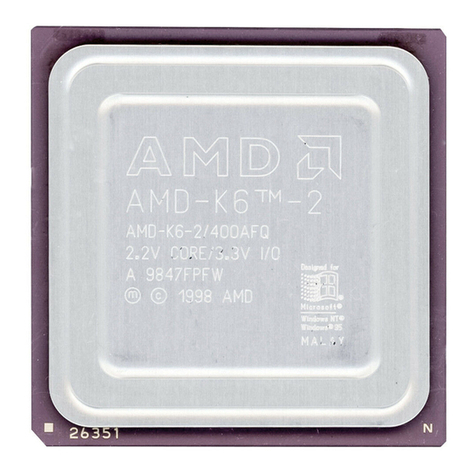
AMD
AMD -K6-2/450 - MHz Processor Installation and operating instructions
Popular Computer Hardware manuals by other brands

Toshiba
Toshiba TOSVERT VF-MB1/S15 IPE002Z Function manual

Shenzhen
Shenzhen MEITRACK MVT380 user guide

TRENDnet
TRENDnet TEW-601PC - SUPER G MIMO WRLS PC CARD user guide

StarTech.com
StarTech.com CF2IDE18 instruction manual

Texas Instruments
Texas Instruments LMH0318 Programmer's guide

Gateway
Gateway 8510946 user guide

Sierra Wireless
Sierra Wireless Sierra Wireless AirCard 890 quick start guide

Leadtek
Leadtek Killer Xeno Pro Quick installation guide

Star Cooperation
Star Cooperation FlexTiny 3 Series Instructions for use

Hotone
Hotone Ampero user manual

Connect Tech
Connect Tech Xtreme/104-Express user manual

Yealink
Yealink WF50 user guide
